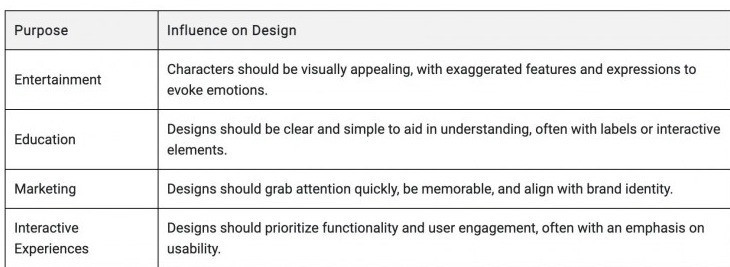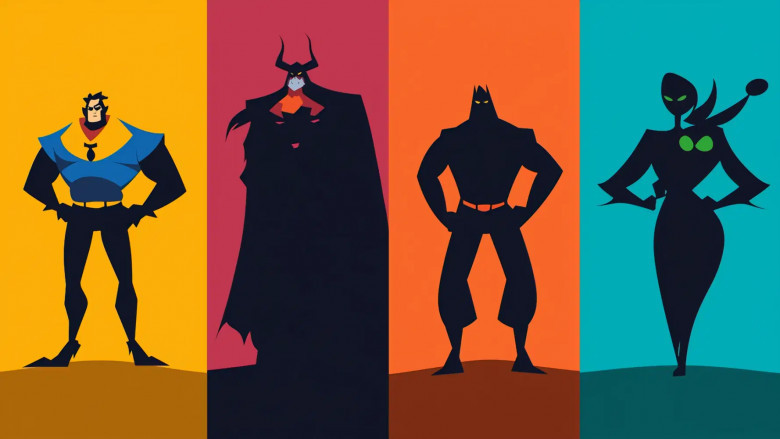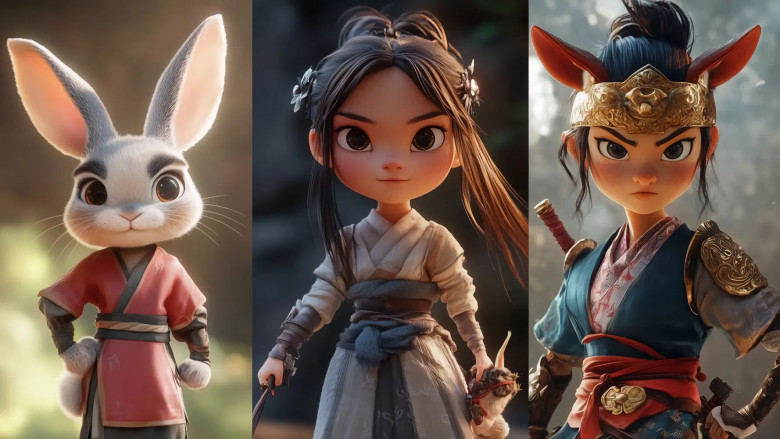views
Know Your Purpose: The First Step in Character Design
Before you begin sketching or designing, it's essential to clarify your character's role in the story. Are they the brave hero, the humorous sidekick, or the charming villain? Understanding their purpose serves as your guiding compass throughout the design process, influencing everything from appearance and body language to color palette and details.
The clearer you are on their role, the more impactful and cohesive your design will be. Let’s pinpoint that purpose and get ready to create something memorable!


Remember, these are just guidelines. The beauty of character design is that rules are made to be broken—but you need to know them first!
Know Your Audience: Designing for Different Demographics
Equally important to understanding your character’s purpose is knowing who you design for. Preferences and expectations of a preschool audience differ greatly from those of teenagers or adults. Let’s break it down:
Designing for Kids: Keep It Simple and Fun
When designing for young children, simplicity is key. Use bold colours, easy shapes, and exaggerated features. Characters like “Paw Patrol” or “Bluey” exemplify this with their big eyes and recognizable designs, making them easy for kids to understand and enjoy.
- Use Primary colours
- Avoiding intricate details
- Exaggerating key features {big eyes, expressive faces}
- Creating distinctly recognizable silhouettes
Teens and Young Adults: Edgy and Relatable
With older kids and teenagers, you can truly embrace a more sophisticated approach. At this age, they tend to appreciate more refined character designs featuring cooler colors and characters that reflect their own experiences and challenges.
- Feel free to play with unconventional style options
- Add trendy elements, though be aware not to date your character potentially
- Design flawed, insecurely relatable characters
- Think about different representations

The Building Blocks of Character Design
Now that we have gone over the importance of purpose and audience, let’s dive into the real nuts and bolts of design. Every character, no matter how simple or complex is built from these same base elements:
1. Silhouette: The Power of Shape
The silhouette is essential for effective character design. It represents the character's outline in its simplest form. A strong silhouette makes a character easily recognizable, even from a distance or in low light.
2. Form: Bringing Dimension into Life
Once you have mastered the silhouette, you can move on to the form. Start thinking in three dimensions about how your character looks from different angles. Pay attention to the interaction between forms; for instance, consider how the shape of the nose affects the contours of the cheeks and how the shoulders connect to the neck.
3. Color: The Silent Storyteller
Color is one of the strongest weapons in your character design arsenal. It can express emotion, hint at personality, or even foreshadow plot points. Here are some basic associations to remember:
- Red: Passion, anger, energy
- Blue: Calm, trust, sadness
- Green: Nature, growth, envy
- Yellow: Happiness, optimism, caution
- Purple: Royalty, mystery, creativity

Keep in mind that some of these associations may differ across cultures, so do your homework if you are targeting a global market!
Character Design Process
Now that we’ve talked about the building blocks, let’s walk through the process of how to design a character from scratch.
1. Research and Inspiration
Every great design starts with research. Understand the character's environment, surroundings, period, and cultural context. Collect references, create mood boards, and build a visual library.
2. Sketching and Exploration
Now, let’s get creative—start sketching! Focus on generating ideas rather than perfection. Experiment with diverse body types, facial features, and clothing styles. Embrace exaggeration and stylization!
3. Adding Color and Texture
With your refined sketch in hand, it’s time to bring your character to life with color. Experiment with different color schemes that reflect your character’s personality and complement the overall palette of your project.
4. Designing a Character Sheet
A character sheet is the most crucial document during animation. It holds all the information to draw and animate your character in a consistent way. A standard character sheet contains the following:
- Front, side and back view
- Facial expressions
- Key poses
- Color palette
- Props or accessories
- Size, compared to other characters






















Comments
0 comment